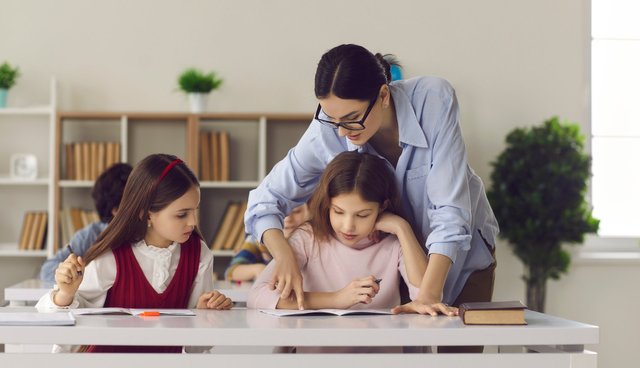Body Language and Its Importance
Body language is an important part of communication. It includes a host of nonverbal cues such as facial expressions, eye contact, gestures, and posture.
It is said that more than 50% of communication is based on body language. Albert Mehrabian claims that during a conversation dealing with feelings and attitudes, 7% is conveyed through what people say, 38% via tone of voice, and 55% through body language.
Eye contact is a powerful and often underestimated tool of communication. It conveys feelings that words can’t, shows honesty, and builds trust between two people.
Research has shown that the limbic mirror system in our brains fires when we look into the eyes of others. This can help us understand each other’s emotions, which in turn can help us bond.
There are two main forms of eye contact: direct and averted. The former reflects power and authority, while the latter conveys submission and respect.
When maintaining eye contact, be sure to maintain a consistent rhythm. This can feel a little weird at first, so try to make it more comfortable with each practice session.
Posture communicates a lot about a person's sex, status, self-image, attitudes and emotional state. A slouched posture often signals submissiveness or fatigue while an upright one can indicate dominance or an energetic state of mind.
People with closed body postures (crossed legs, arms folded across their chest) may signal a lack of respect or fear of contact with other individuals. People who show open hands (with both feet planted on the ground) may be accepting of messages from others.
Poor posture can put strain on your neck, back, and shoulders. It can also cause muscle tension and pain, as well as contribute to other health issues.
Handshakes are an integral part of social interaction. They are considered a formal way to greet others and are used in many business situations, such as introductions, presentations and job interviews.
It is important to shake hands with a firm grip. This will convey your confidence and establish trust in you.
When shaking, pump your hand up and down in one to three up-and-down motions. This will give the person you are shaking with enough time to say hello and listen to your name.
You should also look into the person’s eyes when you shake their hand and smile as you extend your hand. This will show that you are interested in their experience and are willing to listen.
If the other person begins to pull away, respond immediately and release their hand. This will demonstrate your respect for their personal space and help to avoid awkward moments in future interactions.
Facial expressions are a crucial part of body language and they convey personal emotions. They are also used to communicate with others in many different ways.
Facial expression can be categorized in three dimensions: semantic, compositional, and iconic (Gunes and Schuller, 2013). Some people use their facial expressions to express specific emotions, while others may use them to show emotion signals in contexts that are more abstract.
Some of the most common facial expressions include anger, contempt, disgust, fear, happiness, sadness, and surprise. Each of these emotions has its own discrete meaning.
Researchers study these emotion signals and try to understand why they happen, in order to better understand how human behavior works. This can help us to predict what actions might be triggered by certain emotions.

